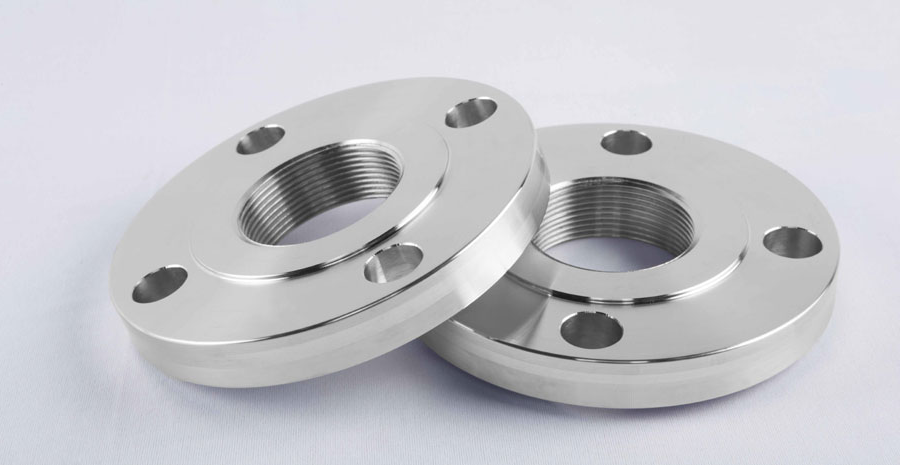Flanges are an integral part of any piping system, and there are several types of flanges available in the market. Each type of flange is designed to meet specific requirements and is suitable for different applications. In this article, we will discuss the most common types of flanges that are used in the industry.
- Slip-on Flanges: Slip-on flanges are the most commonly used type of flanges. They are designed to fit over the pipe and are typically used in low-pressure applications. The flange is slipped over the pipe, and then a fillet weld is used to secure the flange to the pipe. Slip-on flanges are easy to install and are relatively inexpensive. They are also available in a wide range of sizes and are suitable for use with most types of pipe materials.
- Weld Neck Flanges: Weld neck flanges are similar to slip-on flanges, but they have a longer neck that extends from the flange face. This longer neck allows for a better alignment of the flange and the pipe, which makes it suitable for higher-pressure applications. The flange is welded to the pipe, which provides a strong and secure connection. Weld neck flanges are also available in a wide range of sizes and are suitable for use with most types of pipe materials.
- Threaded Flanges: Threaded flanges are designed to be screwed onto the pipe. They are typically used in low-pressure applications and are easy to install. They are also relatively inexpensive and are available in a wide range of sizes. However, the threading on the flange and the pipe must be perfectly aligned in order for the flange to fit properly.
- Blind Flanges: Blind flanges are used to close off the end of a pipe. They are typically used in low-pressure applications and are easy to install. They are also relatively inexpensive and are available in a wide range of sizes. Blind flanges are often used in conjunction with other types of flanges to create a complete piping system.
- Lap Joint Flanges: Lap joint flanges are similar to slip-on flanges, but they have a small radius on the back side of the flange that allows for a better alignment of the flange and the pipe. They are typically used in low-pressure applications and are easy to install. They are also relatively inexpensive and are available in a wide range of sizes.
- Socket Weld Flanges: Socket weld flanges are similar to slip-on flanges, but they have a small radius on the back side of the flange that allows for a better alignment of the flange and the pipe. They are typically used in low-pressure applications and are easy to install. They are also relatively inexpensive and are available in a wide range of sizes.
- Spectacle Blind Flanges: Spectacle blind flanges are used to isolate a section of a pipe. They are typically used in low-pressure applications and are easy to install. They are also relatively inexpensive and are available in a wide range of sizes. Spectacle blind flanges are often used in conjunction with other types of flanges to create a complete piping system.
- Orifice Flanges: Orifice flanges are used to measure the flow rate of a fluid in a pipe. They are typically used in low-pressure applications and are easy to install. They are also relatively inexpensive and are available in a wide range of sizes. Orifice flanges are often used in conjunction with other types of flanges to create a complete piping system.
- Long-Weld Neck Flanges: Long-weld neck flanges are similar to weld neck flanges, but they have a longer neck that extends from the flange face. This longer neck allows for better alignment of the flange and the pipe, making them suitable for higher-pressure applications. The flange is welded to the pipe, which provides a strong and secure connection. Long weld neck flanges are available in a wide range of sizes and are suitable for use with most types of pipe materials. They are commonly used in the oil and gas, chemical, and power generation industries.

